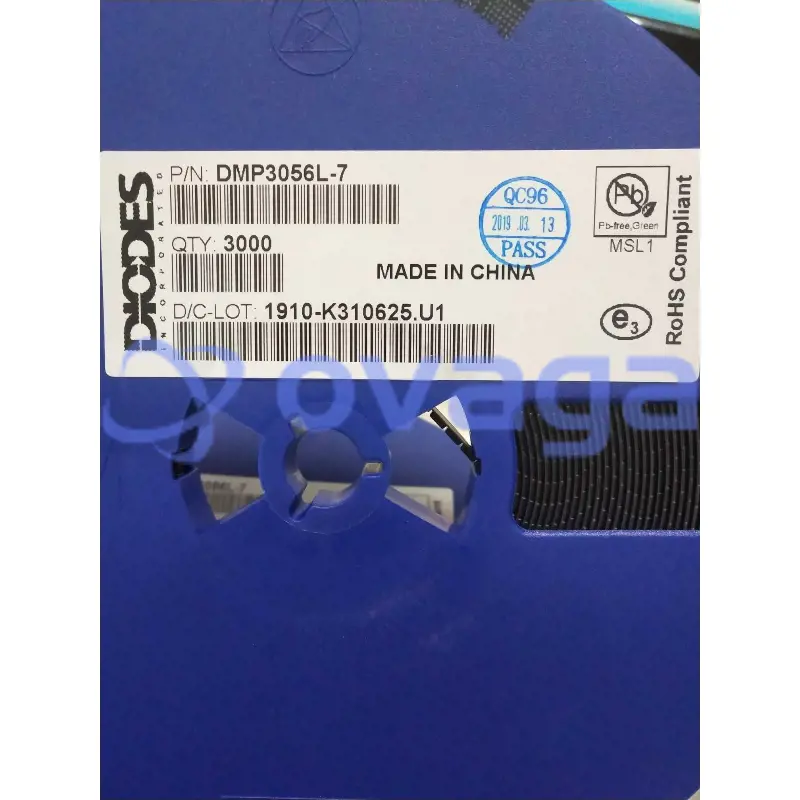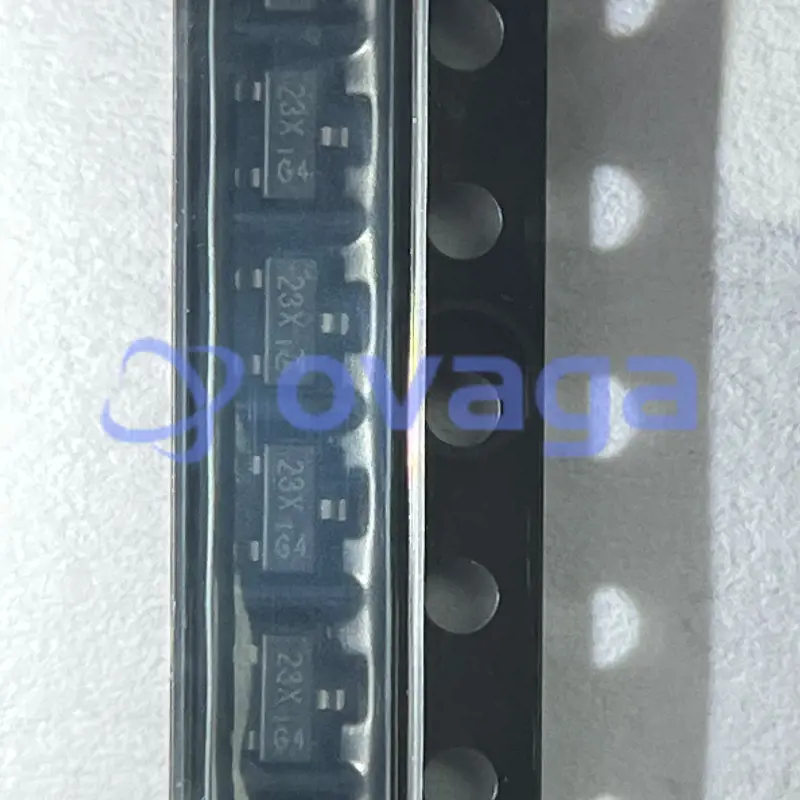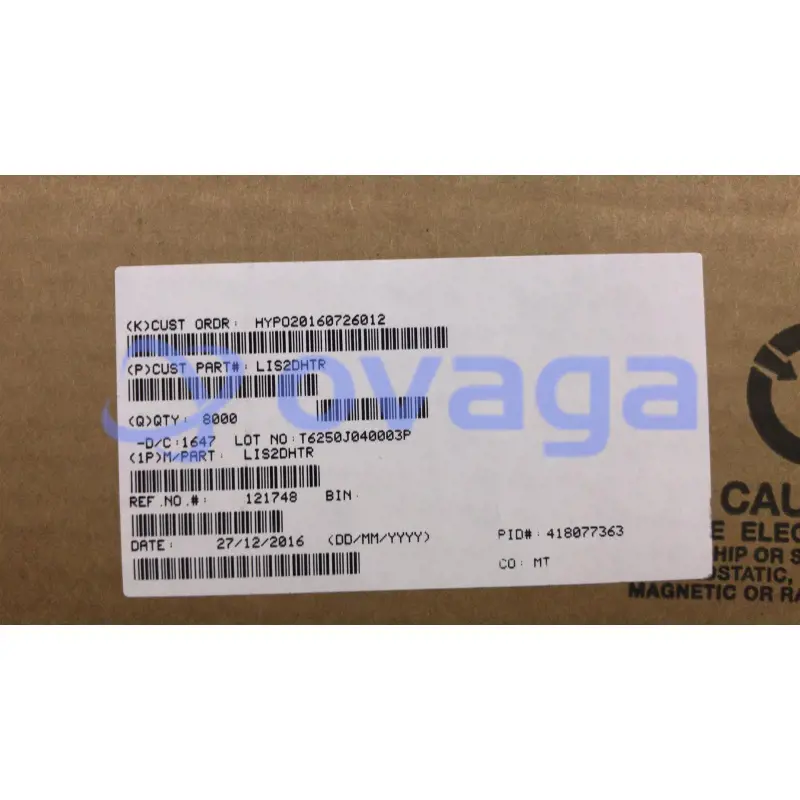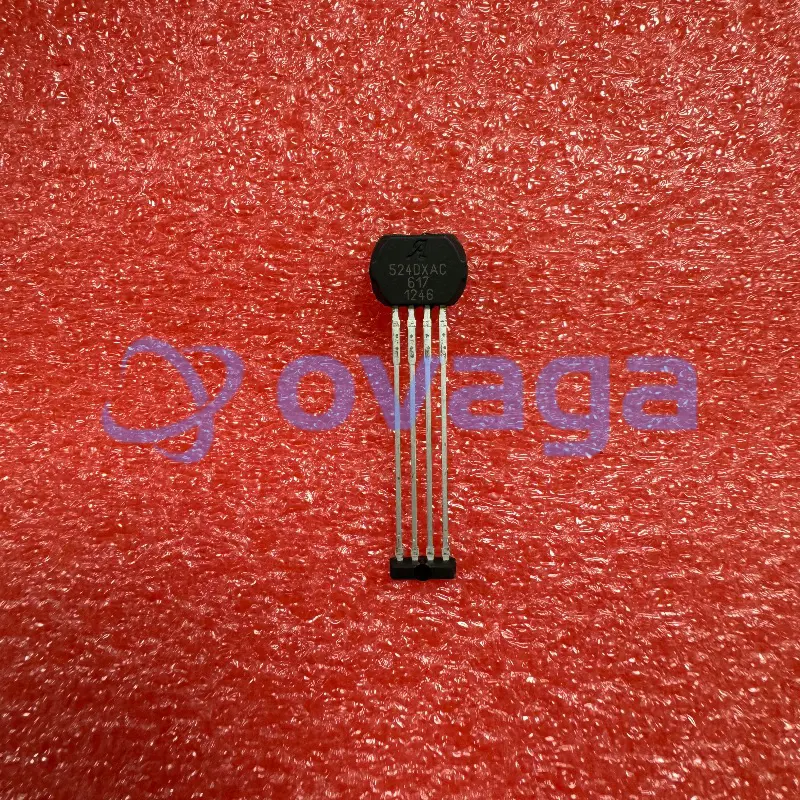LR44 VS SR44: Is SR44 the Same as LR44
Update Time: Dec 05, 2023 Readership: 3676
Contents
When it comes to button cell batteries, LR44 and SR44 are two commonly used types, each with its own set of characteristics and applications. Understanding the differences between LR44 and SR44 can help you make an informed decision based on your specific needs.
LR44 Overview
LR44 batteries are known for their affordability and find common use in toys and general applications. These alkaline batteries have a tendency to drop below the 1.4V threshold relatively quickly. The discharge profile of LR44 batteries is described as "sloping," meaning they become less energetic over time. Despite this, LR44 batteries are often interchangeable with SR44 batteries, especially in devices with lenient power requirements.
|
Specification |
LR44 Battery |
|
Chemistry |
Alkaline |
|
Type |
Button/coin cell |
|
Diameter |
11.6mm |
|
Height |
5.4mm |
|
Weight |
Approximately 2.5 grams |
|
Categories |
Premium, Regular |
|
Life Span |
Long |
|
Cost |
Low |
|
Availability |
Widely available in stores |
|
Applications |
Toys, remote controls, watches, calculators, etc. |
SR44 Overview
On the other hand, SR44 batteries, using silver oxide technology, maintain a stable voltage of 1.55V throughout most of their discharge cycle. This characteristic makes them particularly suitable for precision electronic devices, especially those used in marine applications. SR44 batteries can offer a more reliable and consistent performance compared to LR44 batteries, making them preferable for certain critical applications.
|
Specification |
SR44 Battery |
|
Chemistry |
Silver Oxide |
|
Type |
Button/coin cell |
|
Diameter |
11.6mm |
|
Height |
5.4mm |
|
Weight |
Varies, but typically around 2.5 grams |
|
Voltage |
1.55 volts |
|
Capacity |
Varies, but typically around 150 mAh |
|
Categories |
Commonly available |
|
Life Span |
Relatively long |
|
Applications |
Watches, calculators, cameras, small electronic devices |
LR44 VS SR44: Comparison Table
|
Specification |
LR44 Battery |
SR44 Battery |
|
Chemistry |
Alkaline |
Silver Oxide |
|
Type |
Button/coin cell |
Button/coin cell |
|
Diameter |
11.6mm |
11.6mm |
|
Height |
5.4mm |
5.4mm |
|
Weight |
Approx. 2.5 grams |
Varies (typically 2.5 grams) |
|
Voltage |
1.5 volts |
1.55 volts |
|
Capacity |
Varies |
Varies (typically 150 mAh) |
|
Categories |
Premium, Regular |
Commonly available |
|
Life Span |
Long |
Relatively long |
|
Cost |
Low |
Varies (typically higher) |
|
Availability |
Widely available in stores |
Widely available in stores |
|
Applications |
Toys, remote controls, watches, calculators, etc. |
Watches, calculators, cameras, small electronic devices, etc. |
|
Compatibility |
Often interchangeable, especially in devices with lenient power requirements |
Interchangeable in many cases, but differences in discharge profiles should be considered |
|
Discharge Profiles |
Sloping |
Stable |
|
Chemical Composition |
Alkaline (MnO2) |
Silver Oxide (Ag2O) |
|
Price |
Lower cost |
Typically higher due to silver content |
|
Lifespan |
Typically shorter |
Typically longer due to higher energy density |
|
Voltage Output |
1.5 volts (may decrease over time) |
1.55 volts (more stable) |
|
Equivalents |
A76, AG13, L1154, LR1154, 157, etc. |
CR44, 357, SR44W, AG13, G13, A76, PX76, 675, 1166a, LR44H, V13GA, etc. |
|
Applications (Examples) |
Toys, watches, remote controls, calculators |
Watches, cameras, medical instruments, remote controls, etc. |
LR44 VS SR44: Discharge Profiles
While both LR44 and SR44 batteries share identical shapes and sizes, there are key differences in their discharge profiles. Interchanging them in certain devices may seem fine initially, but over time, performance issues may arise, particularly with LR44 batteries exhibiting a sloping discharge curve.
LR44 VS SR44: Chemical Composition
While LR44 and SR44 batteries share identical physical dimensions, enabling them to be used interchangeably in many cases, their divergent chemical compositions render them better suited for distinct applications. Silver oxide batteries, such as the SR44, are particularly favored in situations where maintaining a stable voltage output is of paramount importance.
-
Alkaline (LR44)
The LR44 battery, characterized by the "L" in its name, belongs to the alkaline battery category. Alkaline batteries utilize manganese dioxide (MnO2) as the positive electrode, zinc as the negative electrode, and a potassium hydroxide (KOH) electrolyte. These batteries are acclaimed for their reliability and cost-effectiveness. However, they exhibit a distinctive sloping discharge curve, signifying a gradual decrease in voltage as they discharge. This trait can impact the performance of devices reliant on a consistent voltage level.
-
Silver Oxide (SR44)
In contrast, the SR44 battery is a silver oxide battery, denoted by the "S" in its name. Silver oxide batteries employ silver oxide (Ag2O) as the positive electrode, zinc as the negative electrode, and a potassium hydroxide electrolyte. While silver oxide batteries tend to be more expensive than their alkaline counterparts, largely due to the cost of silver, they offer a significant advantage in the form of a flat voltage versus capacity discharge profile. This means that they maintain a relatively constant voltage throughout their discharge cycle, providing consistent power until they are near depletion. This characteristic is particularly critical for devices that necessitate a stable voltage output for optimal functionality.
The selection between LR44 and SR44 hinges on the specific requirements of the electronic device in question. Alkaline batteries like LR44 are well-suited for applications where cost is a crucial factor and where the acceptable sloping discharge curve aligns with performance needs. Conversely, silver oxide batteries like SR44 find preference in precision instruments, watches, and other devices where a steady voltage output is indispensable for optimal performance. The flat discharge profile of silver oxide batteries renders them ideal for applications where maintaining a consistent power supply is critical, such as in analog watches or specific medical devices.
LR44 VS SR44: Price
The cost discrepancy between SR44 and LR44 batteries stems from the variation in the materials used in their construction. While prices can fluctuate based on factors like brand, location, and packaging, SR44 batteries are typically pricier than their LR44 counterparts.
-
Material Costs
The primary factor contributing to the higher cost of SR44 batteries is the use of silver oxide in their composition. Silver is inherently more expensive than manganese dioxide, the primary component of LR44 batteries. The cost of raw materials significantly impacts the overall production expenses.
-
Manufacturing Complexity
The production process for silver oxide batteries tends to be more intricate and specialized compared to that of alkaline batteries. The precise handling and incorporation of silver components contribute to increased manufacturing complexity, which, in turn, affects production costs.
-
Performance Characteristics
SR44 batteries often boast superior performance characteristics, including a flat discharge profile and stable voltage output. Devices requiring these features may justify the higher cost of SR44 batteries. The enhanced performance makes silver oxide batteries desirable for applications where reliability and consistent power delivery are critical.
LR44 VS SR44: Lifespan
The lifespan of batteries is a crucial factor influencing their overall value and performance. In comparing SR44 and LR44 batteries, SR44 batteries typically exhibit a longer lifespan, primarily attributable to the higher energy density of silver oxide.
-
Energy Density
Silver oxide batteries, such as SR44, have a higher energy density compared to LR44 alkaline batteries. This means they can store more energy within the same physical size. The increased energy density contributes to a longer lifespan, allowing SR44 batteries to power devices for an extended duration before requiring replacement.
-
Stable Voltage Output
One of the significant advantages of SR44 batteries is their ability to maintain a more stable voltage output over the course of their discharge cycle. The flat voltage profile of silver oxide batteries ensures consistent power delivery until they are near depletion. In contrast, alkaline LR44 batteries exhibit a sloping discharge curve, and their voltage decreases gradually as they discharge. The stable voltage output of SR44 batteries is particularly beneficial in devices that demand a steady power supply for optimal functionality.
-
Low Self-Discharge Rate
Silver oxide batteries generally have a lower self-discharge rate compared to alkaline batteries. This means that when not in use, SR44 batteries retain their charge more effectively over time. The lower self-discharge rate contributes to a prolonged shelf life and overall longevity.
SR44 batteries find favor in applications where long-term reliability is paramount. Devices such as precision instruments, watches, and certain medical equipment benefit from the extended lifespan and stable voltage output provided by silver oxide batteries.
LR44 VS SR44: Voltage
The voltage output of batteries is a critical factor, especially in devices that require a precise and stable voltage level for optimal performance. LR44 and SR44 batteries differ slightly in their voltage specifications.
LR44 batteries typically provide a voltage of around 1.5 volts. This voltage level is common among alkaline batteries and is suitable for many low-power electronic devices. While 1.5 volts is a standard output, the voltage of LR44 batteries may decrease gradually as they discharge.
SR44 batteries, on the other hand, usually deliver a slightly higher voltage of around 1.55 volts. The use of silver oxide in their composition contributes to this higher voltage output. The elevated voltage is particularly beneficial in devices that demand precision and a consistent power supply.
While LR44 and SR44 batteries are often physically compatible and can be used interchangeably in many devices, the voltage difference is a crucial consideration. The higher voltage of SR44 batteries, around 1.55 volts, may be advantageous in applications where precision and a consistent power supply are paramount.
LR44 VS SR44: Equivalents
-
LR44
The LR44 battery, known for its alkaline composition, has several equivalents, denoted by various alphanumeric codes and product names. These equivalents are compatible and can often be used interchangeably with LR44 batteries.
|
Equivalent |
Chemical Composition |
Voltage (V) |
Capacity (mAh) |
Common Applications |
|
A76 |
Alkaline |
1.5 |
120 |
Calculators, Watches, Toys |
|
AG13 |
Alkaline |
1.5 |
125 |
Toys, Watches |
|
L1154 |
Alkaline |
1.5 |
110 |
Various |
|
LR1154 |
Alkaline |
1.5 |
Varies |
Various |
|
157 |
Alkaline |
1.5 |
Varies |
Various |
-
SR44
Similarly, the SR44 battery, with its silver oxide composition, is associated with a range of equivalents. These equivalents encompass various alphanumeric codes and product names, providing flexibility in selecting a suitable replacement for SR44 batteries.
|
Equivalent |
Chemical Composition |
Voltage (V) |
Capacity (mAh) |
Applications |
|
LR44 |
Alkaline |
1.5 |
150 |
Various |
|
CR44 |
Lithium |
3 |
Varies |
Watches, Cameras |
|
357 |
Silver Oxide |
1.55 |
Varies |
Watches, Cameras |
|
SR44W |
Silver Oxide |
1.55 |
Varies |
Watches, Cameras |
|
AG13 |
Alkaline |
1.5 |
125 |
Toys, Watches |
|
G13 |
Alkaline |
1.5 |
Varies |
Remote Controls |
|
A76 |
Alkaline |
1.5 |
120 |
Calculators |
|
A-76 |
Alkaline |
1.5 |
Varies |
Calculators |
|
PX76 |
Alkaline |
1.5 |
180 |
Remote Controls |
|
675 |
Zinc-Air |
1.4 |
Varies |
Hearing Aids |
|
1166a |
Zinc-Air |
1.4 |
Varies |
Hearing Aids |
|
LR44H |
Alkaline |
1.5 |
Varies |
Medical Instruments |
|
V13GA |
Alkaline |
1.5 |
Varies |
Hearing Aids |
LR44 VS SR44: Application
-
Applications of SR44 Batteries
The SR44 battery, with its silver oxide composition and compact form factor, finds versatile applications in various electronic devices.
Calculators:
SR44 batteries are often utilized in compact electronic calculators due to their small size and reliable power output.
Car Keys:
Many electronic car key fobs and remote entry systems use SR44 batteries for their reliable performance in a confined space.
Toys:
Small electronic toys, particularly those requiring button cells, may use SR44 batteries to provide a compact yet efficient power source.
Cameras:
Some small cameras and photographic equipment rely on SR44 batteries for their power needs, contributing to the devices' portability.
Watches:
Analog and digital watches often use SR44 batteries to ensure a stable and consistent power supply for timekeeping.
Hearing Aids:
In certain types of hearing aids, SR44 batteries are employed to deliver reliable power in a compact size.
Remote Controls:
SR44 batteries are suitable for remote controls, including those for televisions, audio systems, and other home electronics.
Clocks:
Compact electronic clocks, including those in alarm clocks or wall clocks, may utilize SR44 batteries for efficient and long-lasting power.
Medical Instruments:
Precision medical instruments, especially those requiring a steady voltage output, may benefit from the use of SR44 batteries.
-
LR44 Applications
While LR44 batteries share some common applications with SR44 batteries, they are also widely used in various electronic devices that demand a compact yet reliable power source.
Thermometer (Digital):
Digital thermometers often utilize LR44 batteries for their compact size and stable power output.
Flashlight:
Small LED flashlights or keychain lights may use LR44 batteries for their power requirements.
Laser Pen:
Laser pointers, commonly used in presentations, may be powered by LR44 batteries for their compact and lightweight design.
Control Panel for Security Systems:
Control panels for security systems and alarms often use LR44 batteries to ensure continuous power for monitoring and alert functions.
Wristwatches:
Analog and digital wristwatches may use LR44 batteries for their power needs, providing a reliable and compact energy source.
Medical Instruments and Devices:
LR44 batteries are suitable for various medical instruments and devices requiring a small yet dependable power supply.
Memory Backup:
Some electronic devices, especially those with memory functions, use LR44 batteries for backup power to retain stored information.
Application for a Battery Pack
LR44 batteries may be incorporated into battery packs for specific electronic applications, offering a convenient and reliable power solution.
Both SR44 and LR44 batteries are versatile power sources suitable for a wide range of electronic devices, offering reliable performance in a compact form. Their applications span from everyday consumer devices to specialized instruments, demonstrating their adaptability in various technological contexts.
Conclusion
While LR44 batteries can be used as substitutes for SR44 batteries in certain situations, the overall performance may differ, affecting factors such as total battery life. SR44 batteries are generally favored for applications requiring stable and reliable power, such as in metering devices. It's important to follow the device manufacturer's recommendations to ensure optimal performance and longevity.
In summary, understanding the differences in voltage profiles and application specialties between LR44 and SR44 batteries will help users make informed choices based on the specific requirements of their electronic devices.
Read More:
CR2016 vs. CR2032: Is CR2016 Same as CR2032
CR1220 Battery Equivalent & Cross Reference Chart
LR44 vs 357: Are LR44 and 357 Batteries the Same
Top Picks for LR44 Battery Equivalents
Extended Reading
 FAQ
FAQ
-
Is silver oxide better than alkaline?
Yes, in certain applications, silver oxide batteries are considered better than alkaline batteries, and this is often attributed to their ability to maintain a more stable voltage throughout their discharge cycle. For devices that can tolerate some voltage variation, alkaline batteries might be a more economical choice. However, in precision instruments and applications demanding a stable power supply, silver oxide batteries are often the preferred option.
-
Is LR44 the same as AG13?
Yes, LR44 batteries are indeed the same as AG13 batteries. Both LR44 and AG13 refer to the same type of button cell battery. Additionally, A76 is another common designation for this battery type. These batteries are interchangeable and share the same specifications, including the diameter, height, voltage, and chemistry.
-
Are SR44 and A76 batteries the same?
Yes, you are correct. SR44 and A76 batteries are indeed the same type of battery. Both SR44 and A76 refer to a 1.5-volt button cell battery with the same physical dimensions. The LR44 battery is also equivalent to SR44 and A76. These batteries can often be used interchangeably in devices that require this specific type of button cell, such as watches, calculators, and other small electronic gadgets.
-
What are the disadvantages of silver oxide batteries?
Silver oxide batteries offer advantages such as a stable voltage output, making them ideal for precision devices like watches; however, a notable drawback is the potential corrosion of the anode material (zinc) due to the high basicity of the electrolyte solution. This corrosion can hinder the maintenance of the battery's capacity over time. Additionally, silver oxide batteries tend to be more expensive, have a limited shelf life, and pose environmental concerns due to their heavy metal content.
-
Can I use a AAA battery instead of LR44?
In many cases, you can use a AAA battery instead of an LR44 battery as they both provide a similar voltage. LR44 batteries are typically alkaline and have a nominal voltage of 1.5 volts. AAA batteries are also alkaline and usually provide 1.5 volts, making them a suitable replacement for LR44 batteries in devices that can accommodate the size difference.
-
What is the capacity of the SR44 battery?
The capacity of an SR44 battery typically ranges around 150 milliampere-hours (mAh). However, it's essential to note that the exact capacity may vary slightly depending on the specific brand and model of the SR44 battery.
Popular Blogs
-

CR1220 Battery Equiv...
The CR1220 is a coin cell battery with a diamete...
-
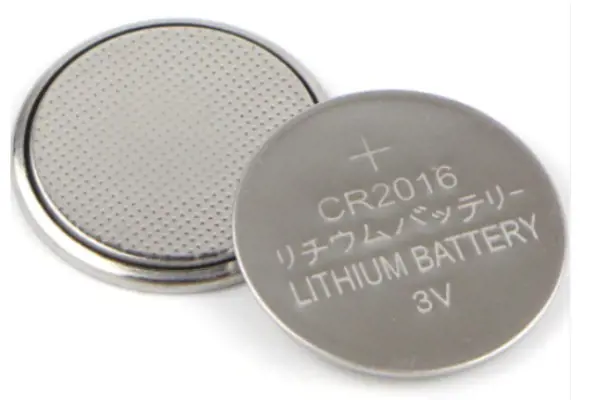
CR2016 vs. CR2032: I...
CR2032 is used in electronic dictionaries, and C...
-

LR44 vs 357: Are LR4...
In button cell batteries, the LR44 and 357 have ...
-

Six TDA2822m Applica...
This article will introduce in detail six TDA282...



